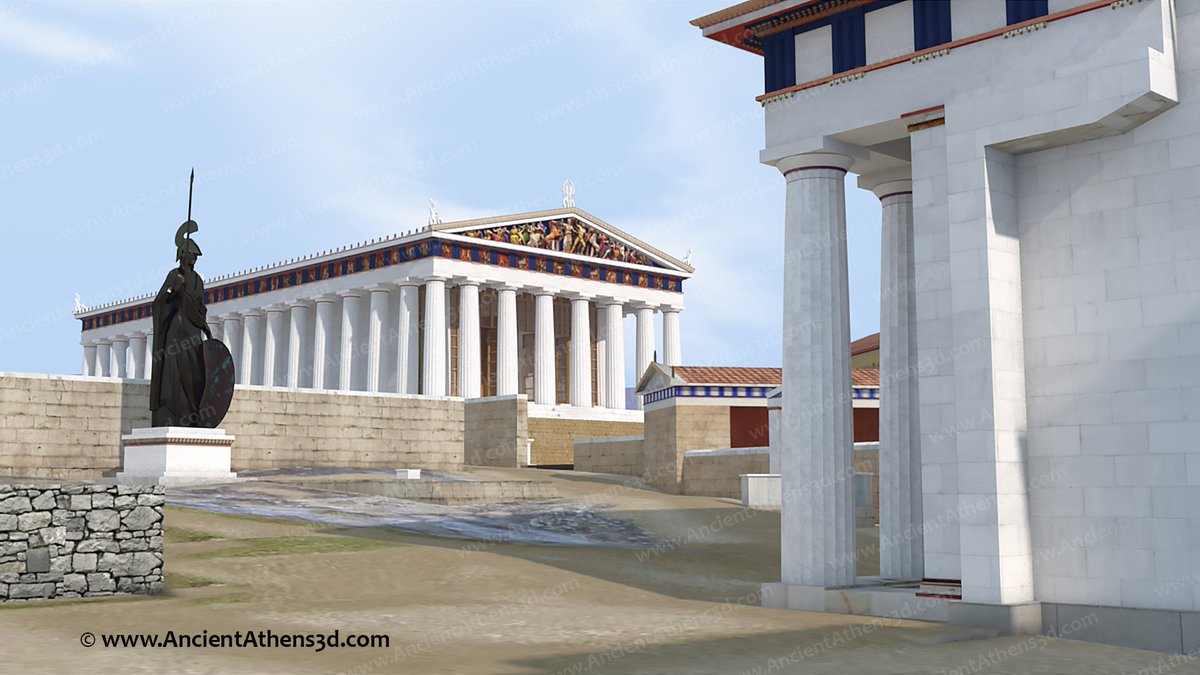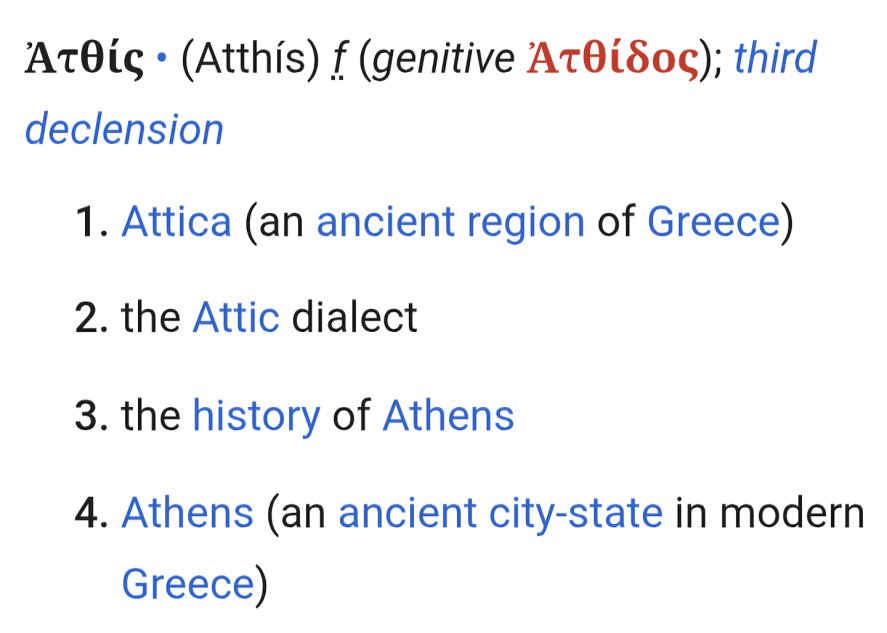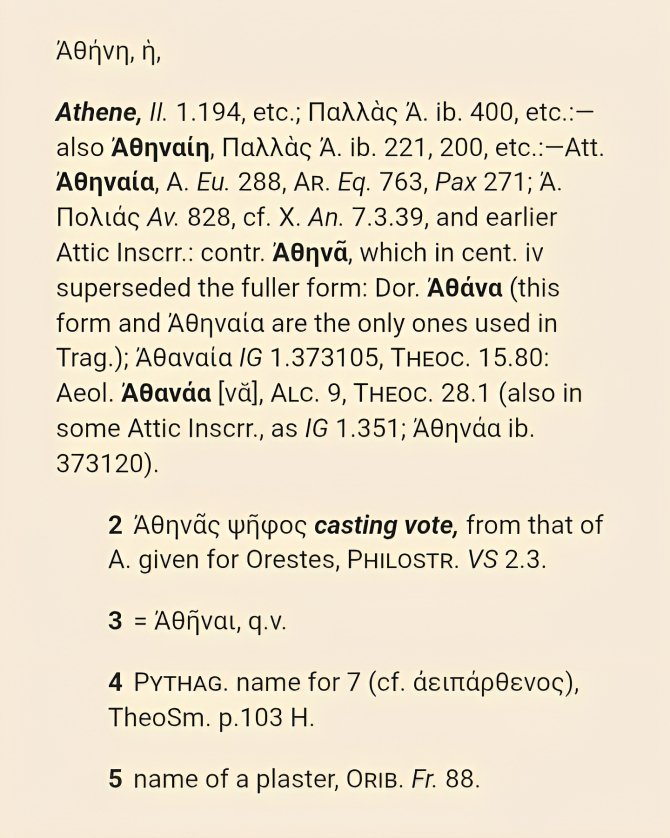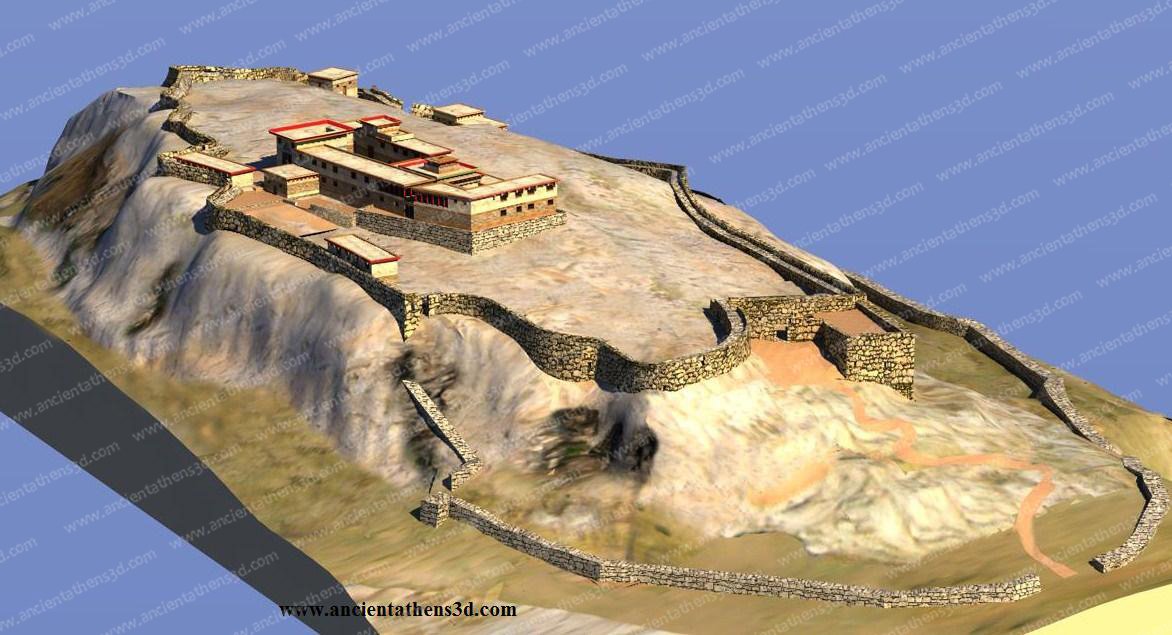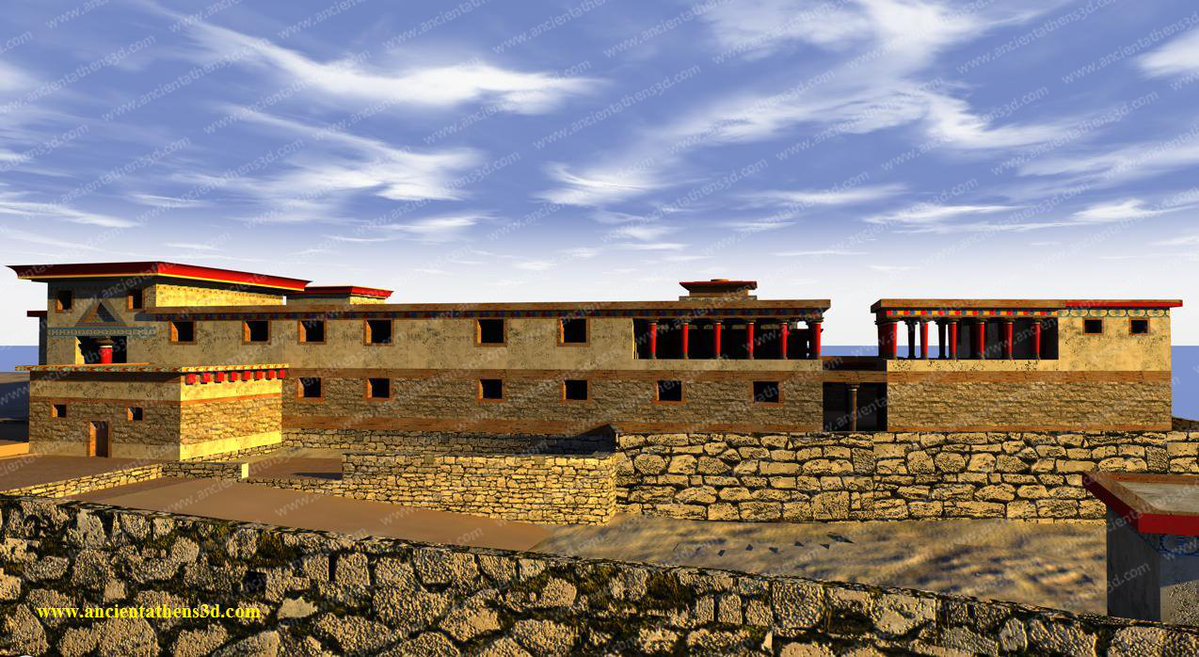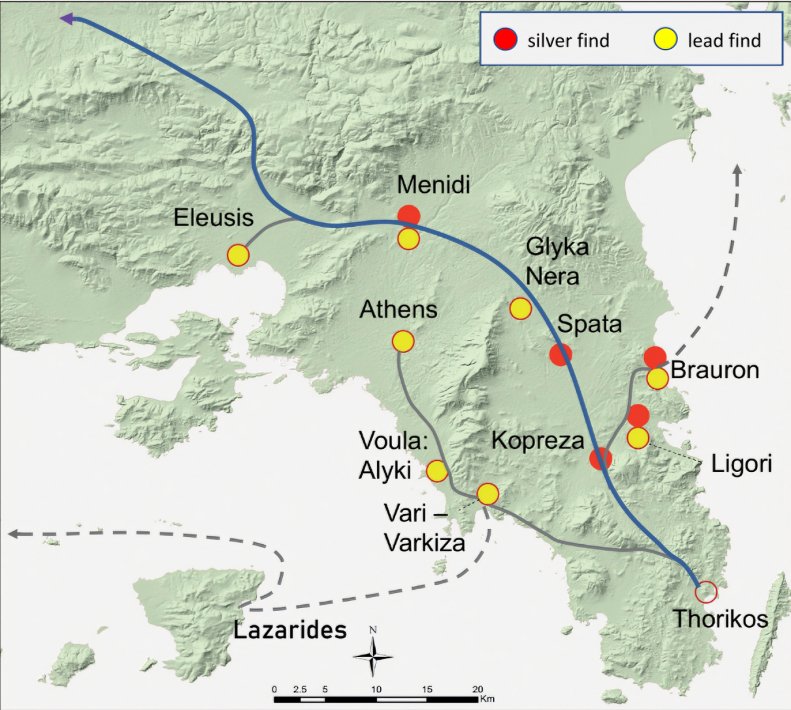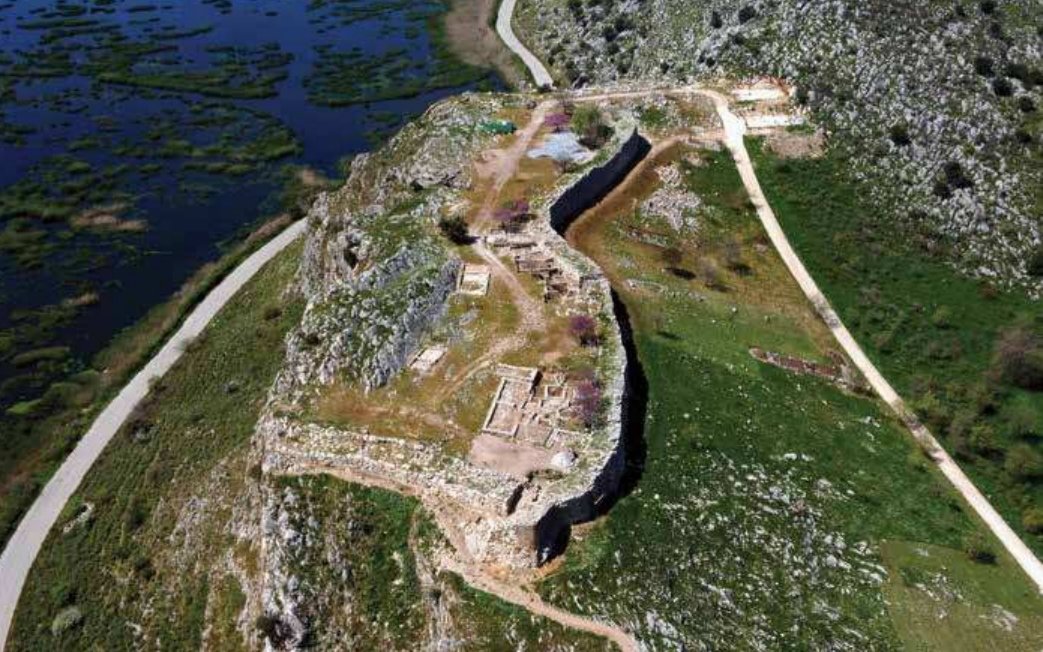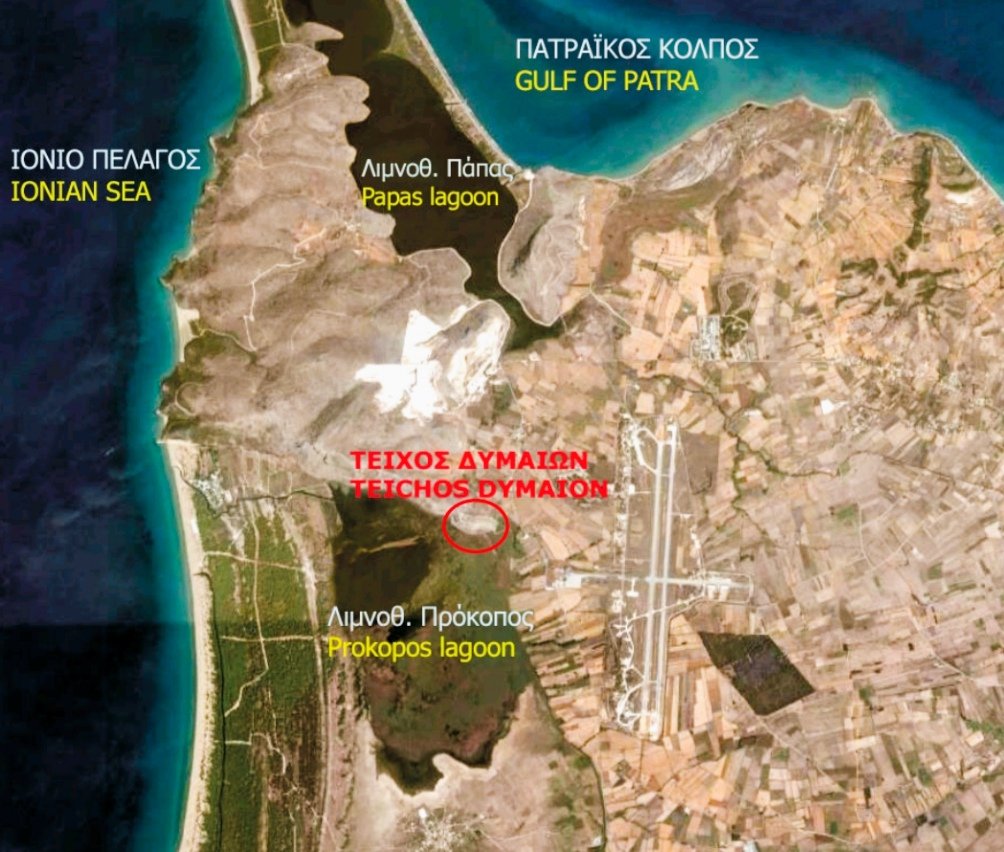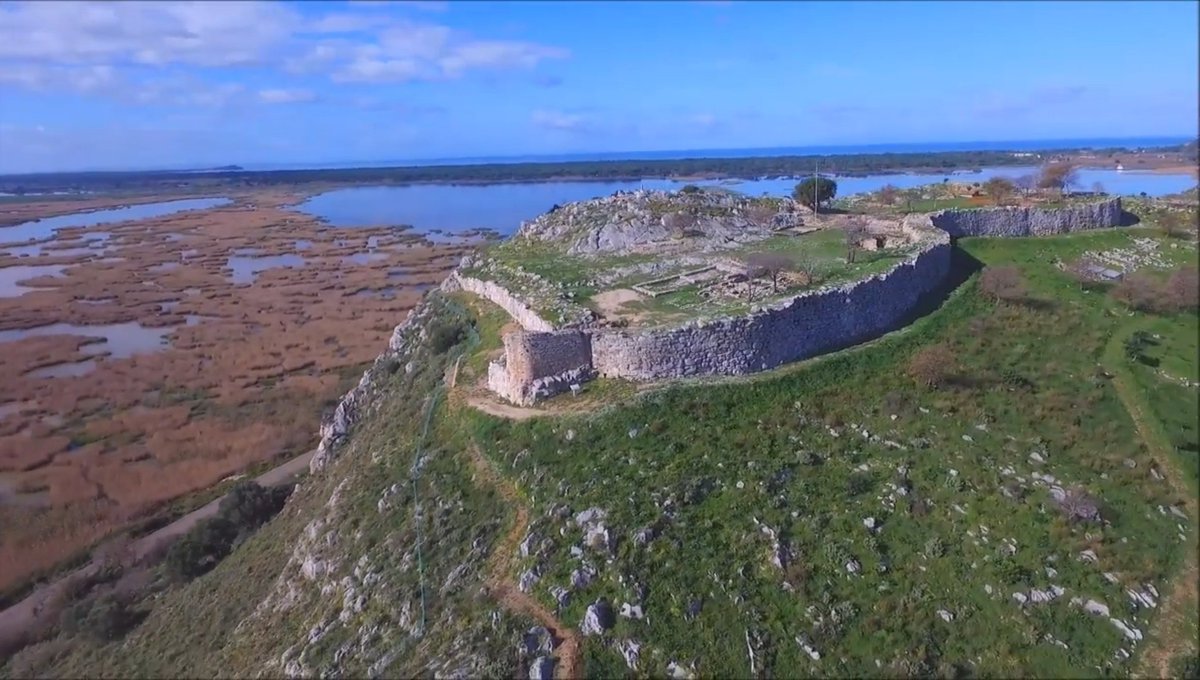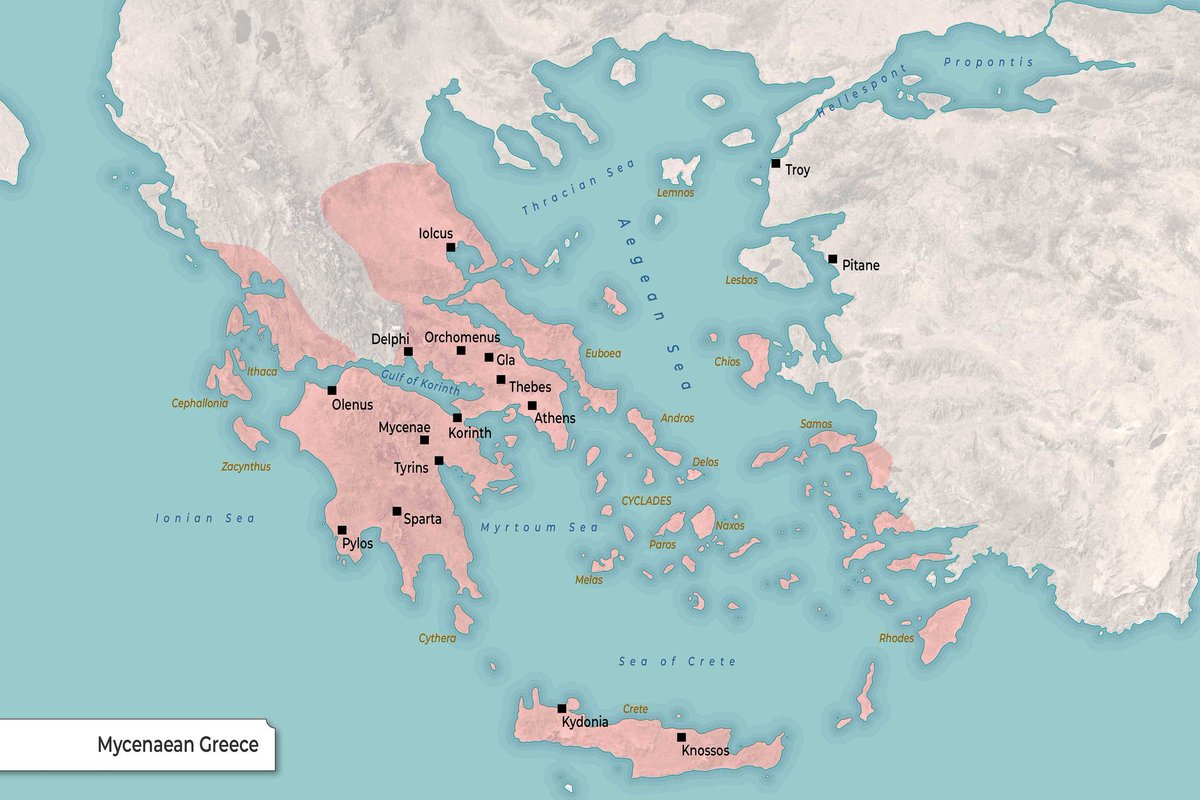The Mycenaean Greeks and the Indo-European Catacomb Culture of the southern Pontic Steppe: Archaeological evidence indicates the cradle of the proto-Greeks.
#Mycenaeans #CatacombCulture #Yamnaya #LogkasElati #Rodotopi #Vranas #ShaftGraves #PonticCaspian #Steppe #Tumuli #Aegean
#Mycenaeans #CatacombCulture #Yamnaya #LogkasElati #Rodotopi #Vranas #ShaftGraves #PonticCaspian #Steppe #Tumuli #Aegean
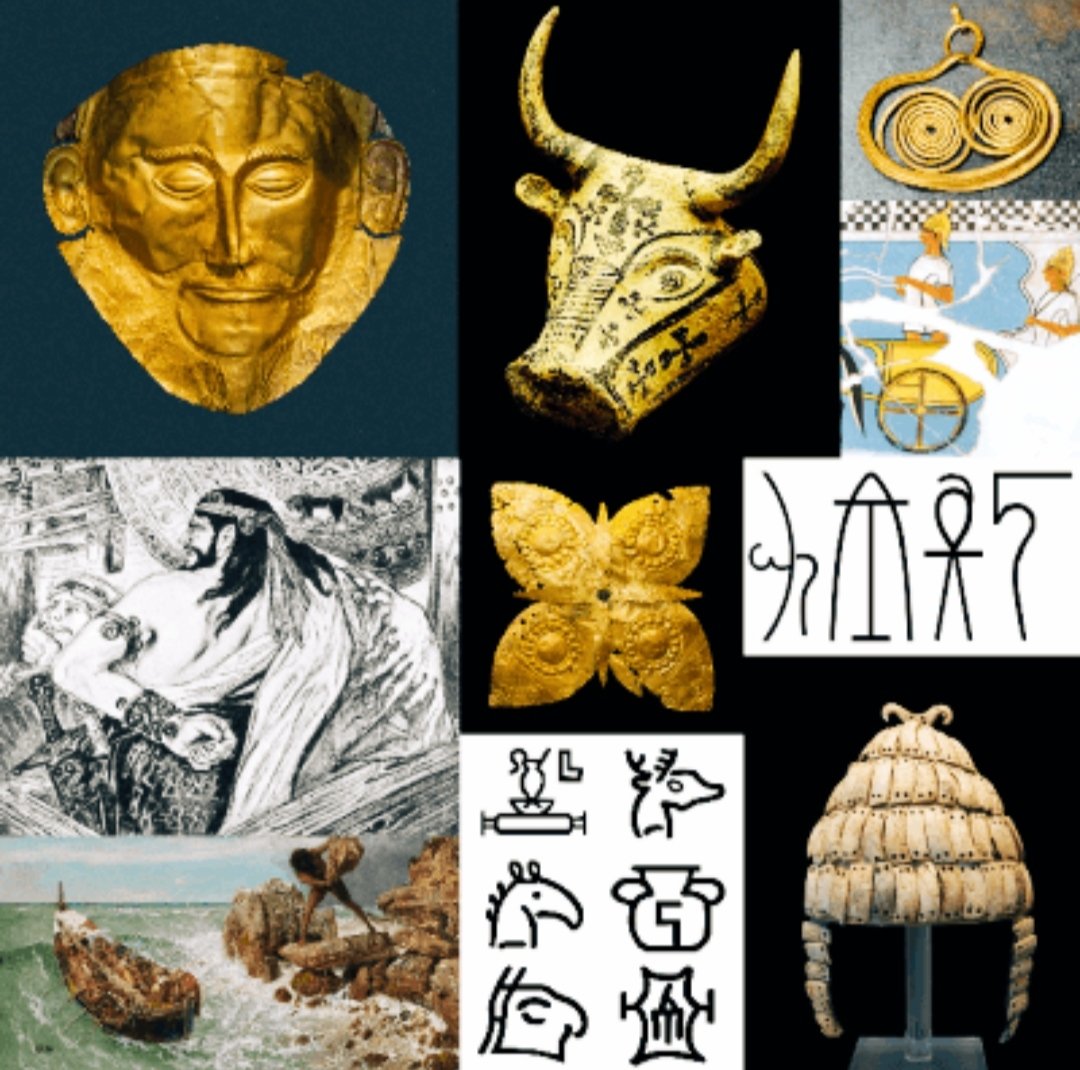
1/ We have already pointed out that the proto-Greek tribes, which appeared mainly in the Aliakmonas valley towards the end of the 3rd millennium BC, were semi-nomadic herding groups ➡️ 
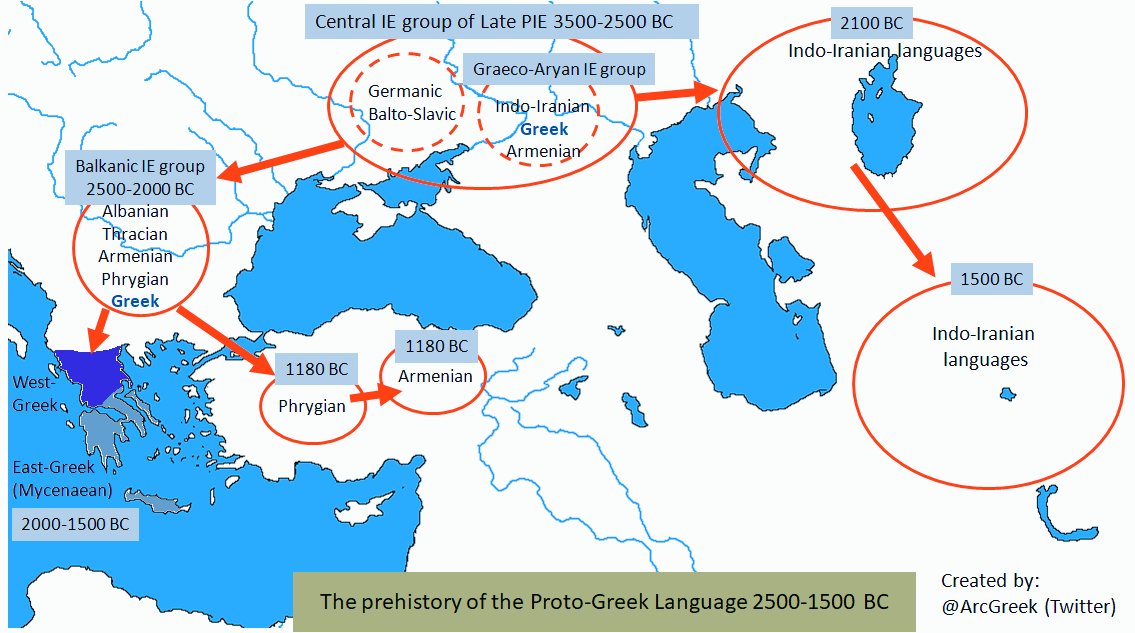
➡️ who brought the knowledge of domesticated equine and had a close genetic affinity with the Yamnaya Culture of the vast steppes of the Pontic-Caspian region. 

2/ But to be more specific, we should emphasize that the IE tribes that entered the northern helladic area were members of a cultural group, which was strongly influenced by the Yamnaya, whose was the cultural successor in the southern Pontic steppe. 

3/The Catacomb Culture,as this cultural horizon is called, has been pointed out as having some features in common with the Mycenaean world, especially during the early period. However, elements of the Catacomb Culture can be seen in mainland Greece and in earlier periods (EH/MH). 

4/This specific culture, dating between 2500-1900 BC, received its name from the burial monuments that buried their dead and which, although were similar to the kurgans of Yamnaya, had a trench dug into the main . shaft, creating a "catacomb", and burial niches in its side walls. 

5/ In general, the members of the Catacomb Culture communities were semi-nomadic shepherds who grazed their herds (mainly cattle, but also goats and sheep) in the vast steppes, riding horses. ➡️ 



➡️ The fishing in the rivers and lakes was an important occupation in contrast to the agriculture which had a limited role. Their houses were predominantly rectangular, partially sunken in the ground and built with wooden posts. 



6/ They were skilled metalworkers, making elaborate copper tools and weapons, as well as silver ornaments, but they also used polished flint in particular, while their cord-impressed pottery bore geometric shapes, as did the Corded Ware Culture. 



7/ An important element is the fact that the members of the Catacomb Culture possessed the knowledge of the wagon, as can be seen from their deposition in elite burials (two-wheeled and four-wheeled),while in some cases some of them are identified as an early form of chariots. ➡️ 

➡️ The wagons seem to have served the active participation of the Catacomb Culture members in the long-distance land trade networks of the time. 

8/ It is believed that initially the society of Catacomb Culture was matriarchal and gradually turned into patriarchal. The burials indicate a clear differentiation between the genders, especially in terms of grave goods, as well as a corresponding social stratification. 

9/ At the top of the hierarchy were the leaders of the local tribes who, together with their family members, were buried in magnificent kurgans with rich grave goods, among which the ceremonial scepters of power stand out. ➡️ 

➡️ It is noteworthy that local leaders were buried among others offerings together with their servants who were killed violently, as they had to serve their master in the afterlife. 

10/ Close to each tribal chief were the members of the aristocracy, who, especially during the late phase, had emerged as powerful warlords and skilled charioteers - archers. In their burials they were accompanied by a range of stone and copper weapons, ➡️ 

➡️ including axes, daggers, knives and numerous arrowheads. The horse played an important role in their daily life and this fact is reflected in its presence in elite burials and in some cases even in large numbers, marking the majestic entry of the deceased into the afterlife.➡️ 

➡️ A special place within the local elite was the chariot builders who enjoyed honor, respect and preferential treatment from the other members of the community. 

11/ Of particular importance was the numerous and at the same time extremely closed caste of priests. The future priests seem to have been trained from a very young age to fulfill their sacred mission. ➡️ 

➡️ In fact, even from infancy their skulls were tied with tight bandages so that their heads took on the shape of a melon, a sign of elitism. 

12/Members of the western tribes of this culture towards the end of the 3rd mil BC motivated by attacks from other Indo-European tribes, they moved initially to the central Balkan region and then passed to Northern Greece, mixing with the native descendants of the ANF populations 

13/ Thus, in the large proto-Greek settlement of Logkas Elati in the Aliakmon Valley, numerous equine burials (some together with dogs) were found, ➡️ 

➡️ indicating the great importance they had for the newcomers in their daily lives, as utilitarian animals, but also as symbols of prestige. They are the oldest evidence of domesticated equine in the helladic area. 

14/ Besides, the burial practice of depositing remains of ritual sacrifices (birds or domestic animals) and votive offerings, as well as holding cultic rites in memory of the deceased for some time after burial in special ritual pits is a common practice ➡️ 

➡️ that appeared in the Yamnaya Culture and survived in the Catacomb Culture and has similar examples in Early and Middle Helladic, but mainly in the Mycenaean world in vaulted, chambered and cist tombs. 

15/ Also, at the end of the 3rd millennium BC dates a set of four copper single-edged shaft-hole axes, which were found in the Rodotopi Ioannina and have been classified in the Veselinovo type (NE Bulgaria). These axes (along with eight others found in the rest of Epirus) ➡️ 

➡️ have common parallels with the late phase of the Catacomb Culture and it have been argued that they are more an indicate of Indo-European migration than participation in the trade networks of the time. 

16/ A strong connection between the Catacomb Culture and the helladic area is the presence of burial tumuli (e.g. the hegemonic tombs of equestrian warriors at Vranas Marathon), ➡️ 

➡️ and above all the appearance of shaft graves with similar analogies: pits covered with wooden beams, multiple burials in the same grave, use of sepulchral steles, similar content of grave goods. 

17/ However, the strongest indication of affinity between the Catacomb Culture and the helladic area is found in the Shaft Graves at Mycenae. When Schliemann excavated Mycenae did he come across the elaborate gold funeral masks of the early Mycenaean kings; ➡️ 



➡️ in one of them he mistakenly recognized the face of the Homeric king Agamemnon. A few centuries earlier on the Pontic steppes members of the Catacomb Culture painstakingly were cleaning the soft tissues of the magnate dead and covered their faces with a clay mask. 



18/ At the same time, among the finds of the Shaft Graves are some that have a clear origin in the Catacomb Culture, such as the paragnathic bridles of Tomb IV, the numerous objects decorated with wavy, spiral and bronchoir patterns, as well as the spearheads with a split shaft. 







19/ Be that as it may, the Mycenaean Greeks were the descendants of the first Indo-European groups of the Pontus that settled in the helladic area. ➡️ 

➡️ They had in their DNA the warlike and mystical character of their ancestors, they were skilled horsemen and charioteers and above all they were ready for plunder, as their ancestors did in the forests and steppes. 

• • •
Missing some Tweet in this thread? You can try to
force a refresh





